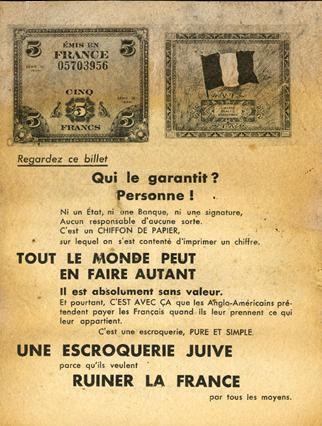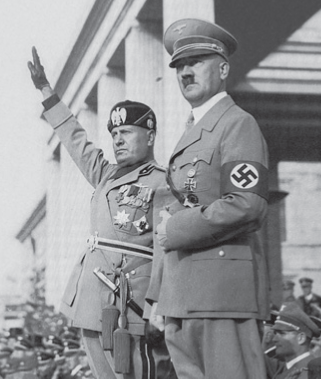British Pound Set For A Dunkirk In Currency Wars
Post on: 31 Март, 2015 No Comment

Stay Connected
Before any British citizens start complaining about global warming, they really ought to stop in gratitude for the last episode: The retreat of the glaciers flooded what is now the North Sea basin and filled the English Channel. Their history since William the Conqueror has had a one-way flow of invading armies; without climage change, the Brits might be speaking French and having to contend with someone else’s dysfunctional and occasionally disrobed royal family.
Prior to the advent of the euro, the British pound used to be one of the great rock-and-roll currencies; it regularly moved up and down three cents per day as traders speculated how the Bank of England would match the Bundesbank. It has been taking on its stiff upper lip against both the dollar and the euro since the end of July 2012; this was the date when Mario Draghi promised he would do whatever it took to defend the euro.
Support Held
Those who say, They don’t ring a bell at the top (bottom) have never been to either place. In the case of the pound/euro cross-rate, the bell was rung last Thursday when the 11.14% slide since July was met with a wave of pound-buying. This came on the heels of a sell-off created by the Bank of England’s Monetary Policy Committee debating within itself, FOMC-style, as to whether it should engage in more money-printing.
In reality, several indicators had been pointing toward stabilization in the cross-rate before the last wave down and before events such as last Friday’s downgrade of the UK by Moody’s, the Haruhiko Kuroda nomination for the Bank of Japan (and its effect of weakening the yen against the euro), and the still-unfolding elections in Italy, which have triggered weakening effects against the euro.
While nominal short-term interest rate differentials still favor the euro, relative equity performance in USD terms between British and eurozone stocks started to stabilize by the end of January. First, the pound’s weakness made prospective relative returns on British stocks attractive, and they have advanced almost 4% relative to European stocks in USD terms. It is a simple principle: If euro-domiciled investors have to sell euros and buy pounds to invest in UK stocks, then the pound will firm on the cross-rate, all else held equal.
The EURGBP and Relative Equity Performance

Second, the options market also started to point toward a bottom in the pound by the end of January. The excess volatility of pound forwards for euro holders bottomed three weeks into January; excess volatility is the gap between the implied volatility for 90-day forwards and their historic volatility. Euro-domiciled investors who had been buying puts on the pound and/or calls on the euro were liquidating these positions.
Excess Volatility and the EURGBP
A similar effect was seen in the options market’s risk-reversal map at 25-delta positions. This is the difference between the volatility for out-of-the-money call and put options on the pound for a euro holder. While the role of the options market for currencies and indeed for other markets is not to forecast but rather to measure, the market’s observed change in relative anxiety does indicate the trend exhaustion requisite for a reversal. In a way, it is ringing a bell before the top or bottom is incurred, and for what more could you ask?














